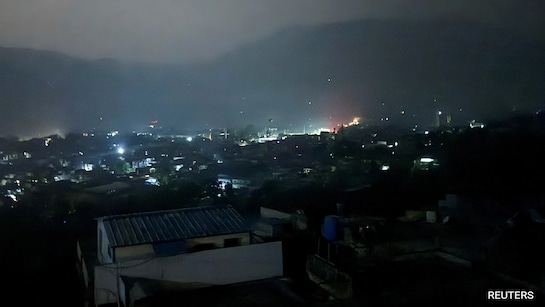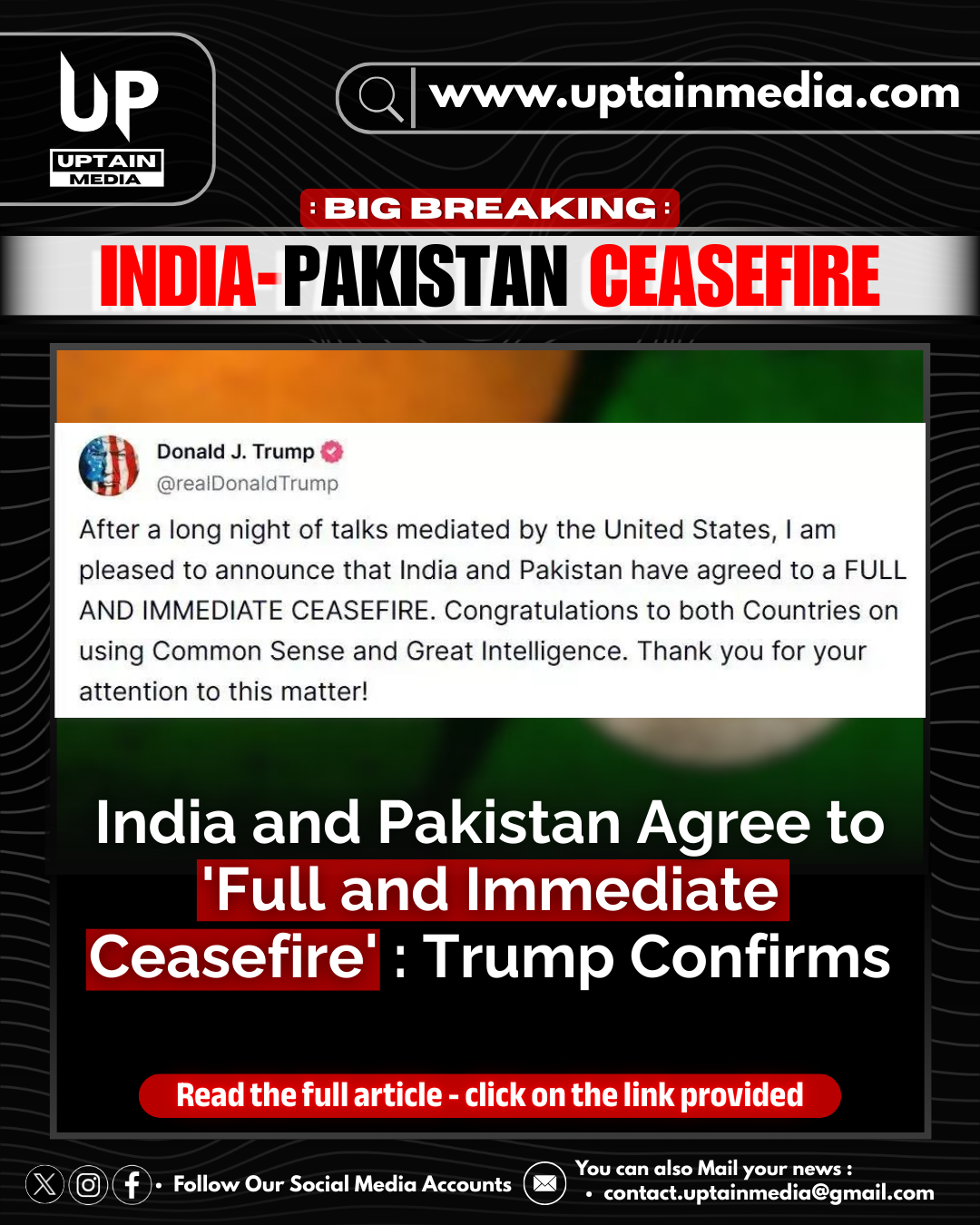
India Strikes 9 Terror Bases in Pakistan in Historic ‘Operation Sindoor’
In a powerful display of military resolve, India launched Operation Sindoor, a precision strike targeting nine terror bases across Pakistan and Pakistan-Occupied Kashmir. The coordinated tri-services offensive came as a direct retaliation for the deadly Pahalgam terror attack and marks a significant moment in India’s counter-terror doctrine.

Quick Read:
- Operation Name: Operation Sindoor
- Date & Time: 1:44 AM, Wednesday
- Targeted: 9 terror camps in Pakistan & PoK
- Key Sites: Muridke (Lashkar-e-Taiba), Bahawalpur (Jaish-e-Mohammed)
- Motivation: Retaliation for Pahalgam attack that killed 26 people
- Method: Joint operation by Indian Army, Navy, and Air Force
- Approach: Focused, non-escalatory; no military targets hit
- Ministry Statement: Strike aimed at infrastructure linked to terrorism
- Context: Came just hours before nationwide civil defence mock drill
- PM Modi’s Vow: To hunt down terrorists “beyond their imagination”
Full Story:
In a calculated and decisive retaliation, India has executed Operation Sindoor, a joint military offensive targeting terror hideouts across Pakistan and Pakistan-Occupied Kashmir. The operation, carried out at 1:44 AM on Wednesday, successfully hit nine terrorist bases, including the notorious strongholds of Lashkar-e-Taiba in Muridke and Jaish-e-Mohammed in Bahawalpur.
The air and missile strikes follow the April 22 terrorist attack in Pahalgam, Jammu & Kashmir, where 26 innocent lives were lost, including 25 Indians and one Nepali national. The Defence Ministry confirmed that these strikes were aimed specifically at the infrastructure used by terror groups to plan and execute attacks against India.
“Our actions have been focused, measured, and non-escalatory in nature. No Pakistani military facilities have been targeted,” said the Ministry of Defence.
“India has demonstrated considerable restraint in the selection of targets and method of execution.”
What Was Operation Sindoor?
Operation Sindoor was a meticulously coordinated assault executed by all three branches of the Indian Armed Forces—the Army, Navy, and Air Force. This rare tri-services action highlights India’s ability to plan and implement high-level precision operations without triggering unnecessary escalation.
The mission was designed to eliminate key terror hubs while maintaining a non-escalatory posture, avoiding any hits on official Pakistani military infrastructure. This sends a strong yet controlled message: India will strike only those who spread terror, not the civilian or state apparatus.
Why Now?
The Pahalgam terror attack was one of the deadliest in recent years and struck a deep nerve across the nation. Prime Minister Narendra Modi, addressing the nation soon after the attack, vowed to bring the perpetrators to justice and take the fight to their safe havens.
“We will chase them to the ends of the earth,” the Prime Minister had warned.
“They will be punished beyond their imagination.”
India’s response came just hours before a massive national civil defence drill, involving 244 districts across the country. The timing reinforced the dual message: India is ready at both the civilian and military levels to deal with any hostile action.
Where Were the Strikes?
The Indian military used advanced surveillance, satellite data, and ground intelligence to identify and confirm the targets. Among the nine sites, two stood out:
- Muridke – Long-time base of Lashkar-e-Taiba
- Bahawalpur – Home to Jaish-e-Mohammed’s leadership and training camps
Both locations have historically played a key role in cross-border terrorism aimed at India.
What Makes This Operation Unique?
Operation Sindoor stands out not just for its precision but for its strategic discipline. India made it clear that this was a strike against terror—not war. By not hitting military bases, India showed that its quarrel is with terror networks, not the Pakistani state or people.
Military experts are already praising the strike as a textbook example of surgical, strategic warfare. It was executed cleanly, communicated clearly, and stayed well within the bounds of proportionality.
What’s Next?
While the immediate mission may be over, the larger message of Operation Sindoor resonates far beyond the borders. India has shown that it can and will respond to terror not just with words or diplomacy, but with direct, forceful action when necessary.
As the country continues its internal preparedness drills and steps up intelligence cooperation, all eyes will now be on the diplomatic front to see how the world responds to India’s latest move.
Conclusion:
Operation Sindoor is more than a military strike—it’s a strategic signal. One that says India is no longer content with reactive politics when it comes to terrorism. It has stepped into a new era of decisive, targeted action, backed by both might and moral clarity.













Post Comment